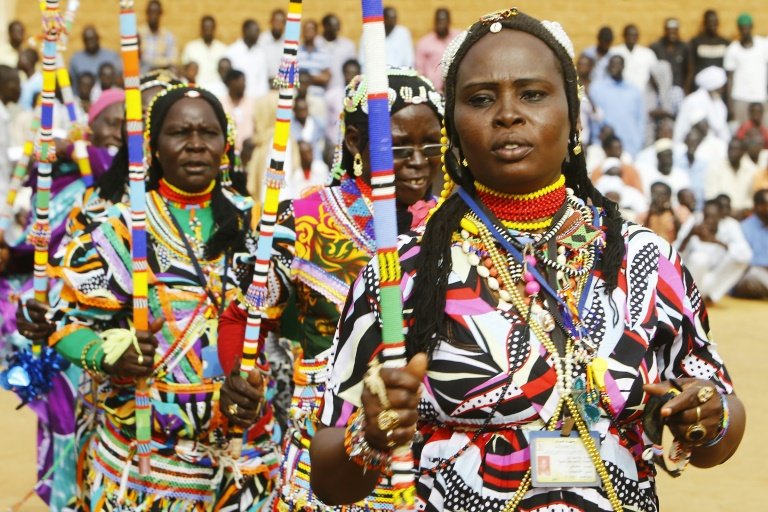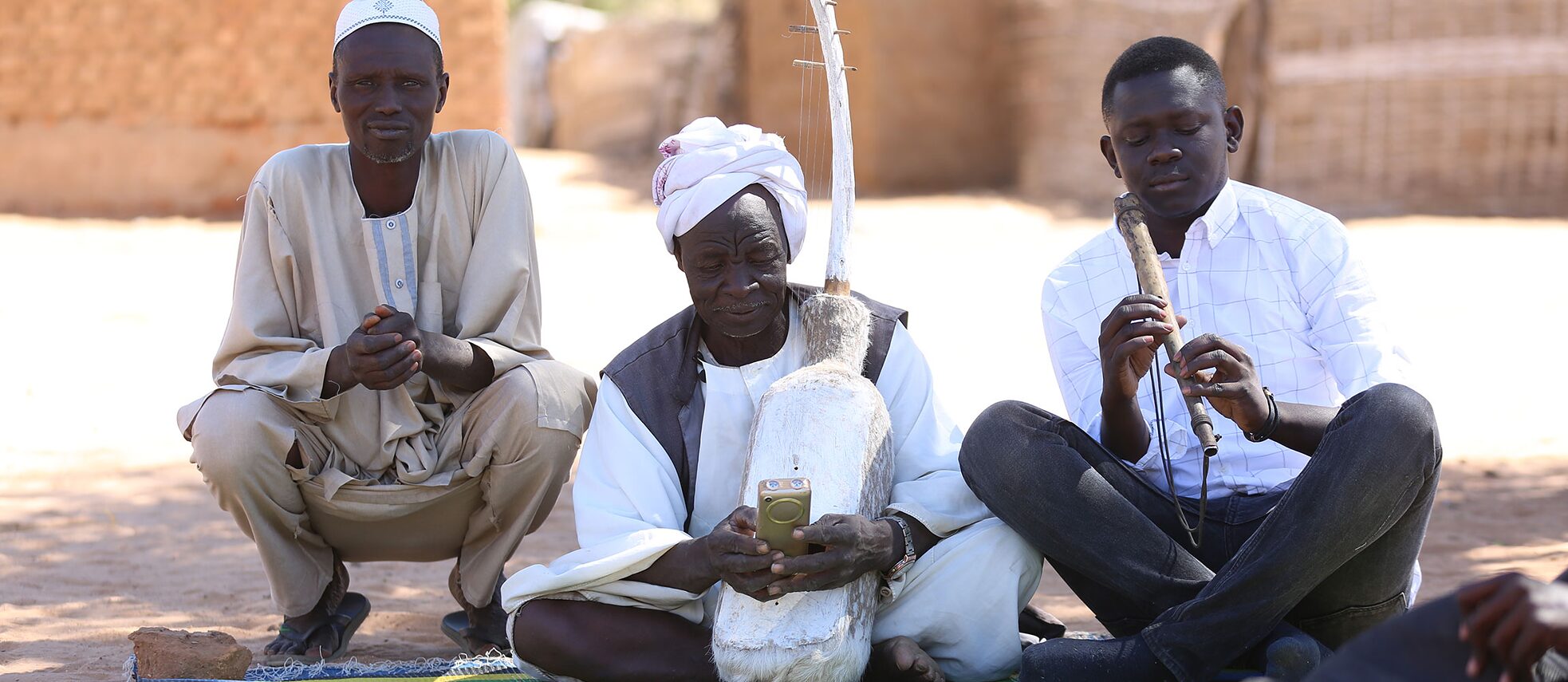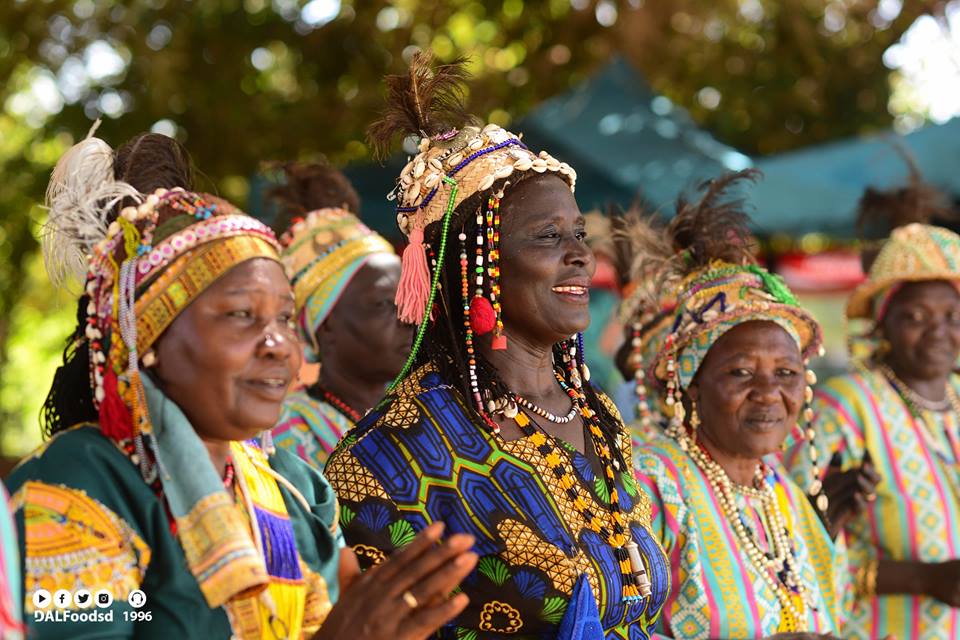Updated: 0 December 0000 00:00:00

Popular Arts... A Bridge for Peaceful Coexistence
By Asmai Bashari
Sudanese societies enjoy a unique cultural diversity, representing a rich and fertile material for various forms of popular arts with their multiple elements. These societies speak over 100 local languages and dialects, in addition to Arabic.
According to cultural researchers, this diversity has led to the emergence of various Sudanese popular arts, ranging from singing, music, and dance, all of which express cultural and emotional content.
Popular arts serve as a barometer of the general mood. Besides dance, singing, and music, there are other classical and traditional arts deeply rooted in history that preserve customs and traditions while promoting noble values. For instance, the art of Al-Hakamah (a traditional poetic form) remains a gauge for the societys inclination towards war or peace, the reinforcement of national unity, or the tearing of social fabric through discord and hostility towards others.
Popular arts oppose hate speech. Music researcher Mahi Suleiman believes that the history of Sudanese popular arts began in 1969 with the opening of the Higher Institute of Music, Theater, and Folk Arts. Since then, the term popular arts has taken a clear artistic, cultural, and academic significance in cultural circles. Folklore studies were systematically introduced into academic institutions.
In 1972, the Institute of African and Asian Studies was established, utilizing the artistic heritage to serve the music and singing movement in Sudan and reaffirming Sudanese cultural identity to achieve national unity.
Mahi Suleiman highlights the crucial role of the National Council for Cultural Heritage and the promotion of national languages. He calls on capital, private institutions, companies, and banks to fund cultural activities and urges media outlets, including radio, television, private channels, and radio stations, to allocate significant space to heritage in their programs. He emphasizes the importance of cultural dialogue in addressing problems resulting from racism, regionalism, and hateful rhetoric.
In the city of El-Geneina, West Darfur State, the Diversity group for arts and development operates, holding cultural and traditional artistic programs in all administrative units in West Darfur region. Their motto is Proud of Diversity, Proud of All. The groups activities witness wide participation from women and childrens organizations, the Incidents Street in El-Geneina, students, and resistance committees.
Aimen Ajabain, a member of the group, explains that the group is primarily concerned with popular arts and local cultures, arising from a sense of social responsibility towards the people of West Darfur. They utilize popular arts as a means to promote peaceful coexistence and reject racism.
Bashir Deidan states that the description of popular arts is no longer confined to artistic and creative means within various cultural frameworks. It has expanded to include various aspects of culture, society, economy, and lifestyle, becoming an expressive tool of the cultural values and heritage within a specific cultural context. Furthermore, it represents a cultural and social productive space, capable of growth and change with the shifts in cultural, social, and technological conditions, enabling exchanges, interactions, dialogue, and influences with diverse cultural contexts.
He concludes that popular arts, in the context of social peace plans and projects, particularly those adopting a rights-based approach to achieve cultural equality, serve as an ideal tool for community engagement and gender empowerment. Moreover, they play a central role as carriers of messages for social change, supporting peace-building efforts and fostering trust among different parties.




